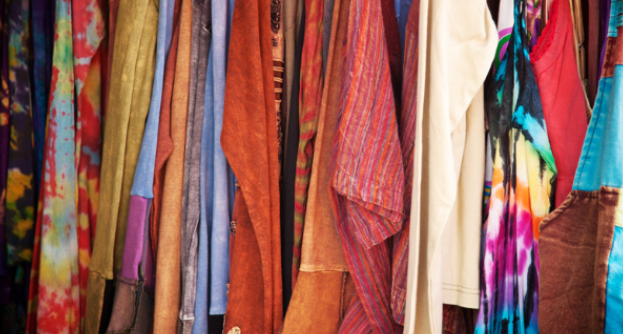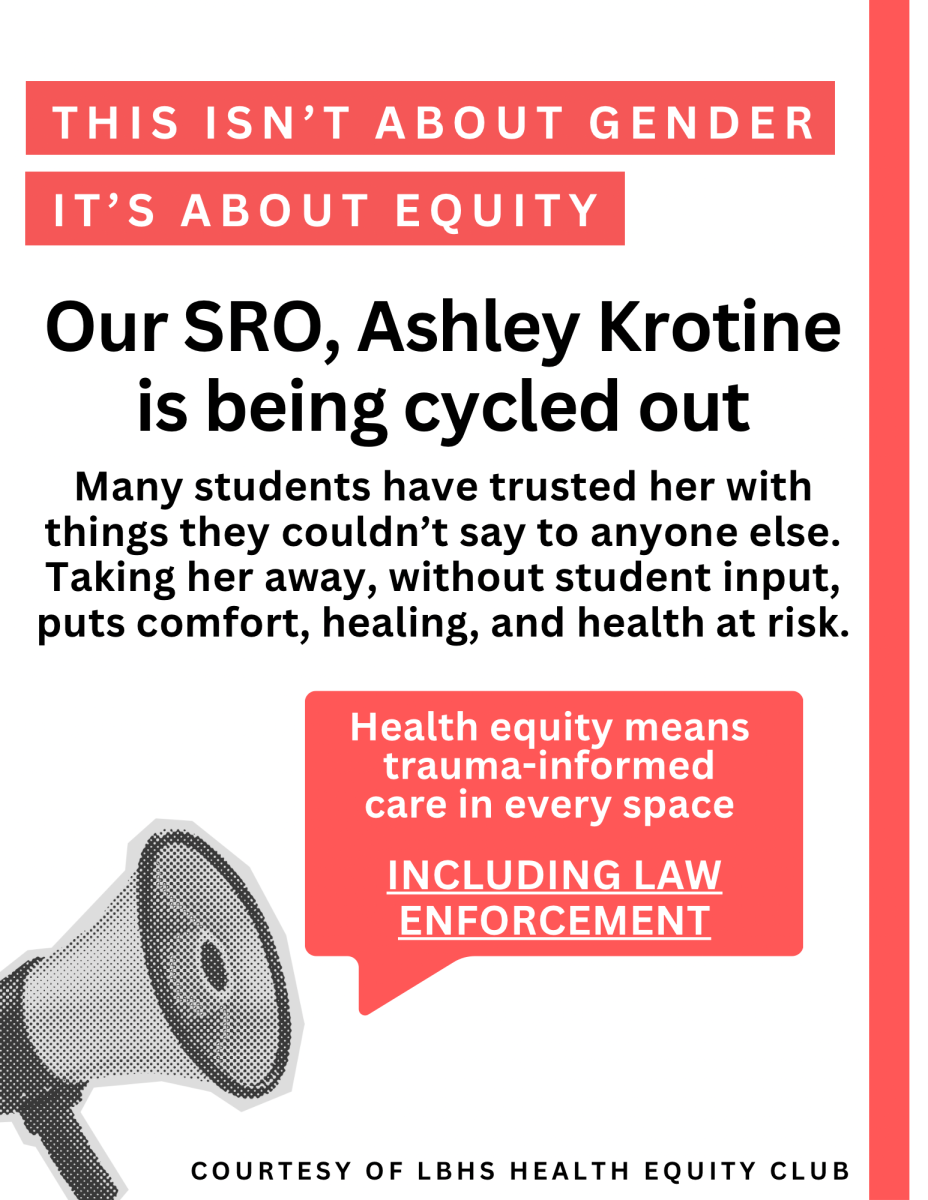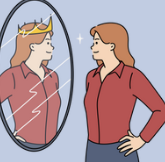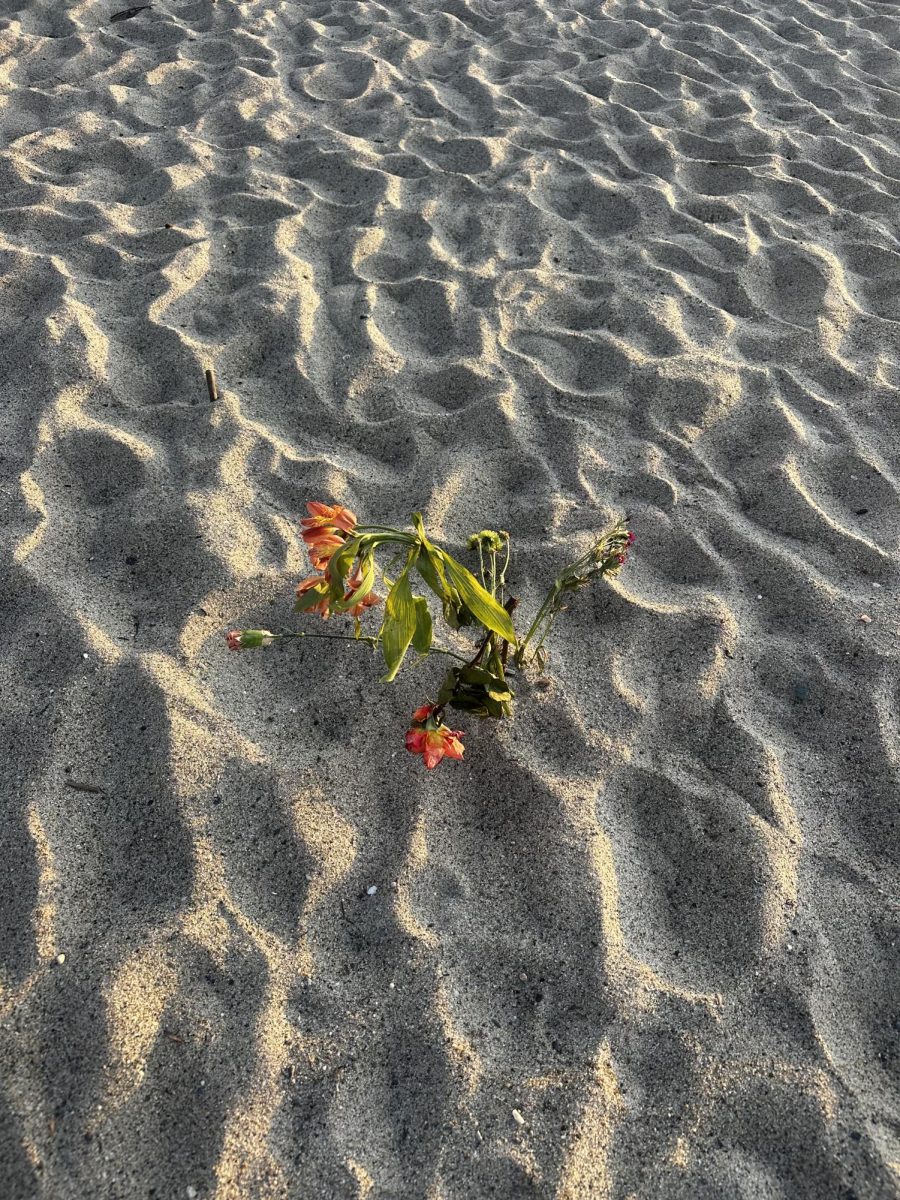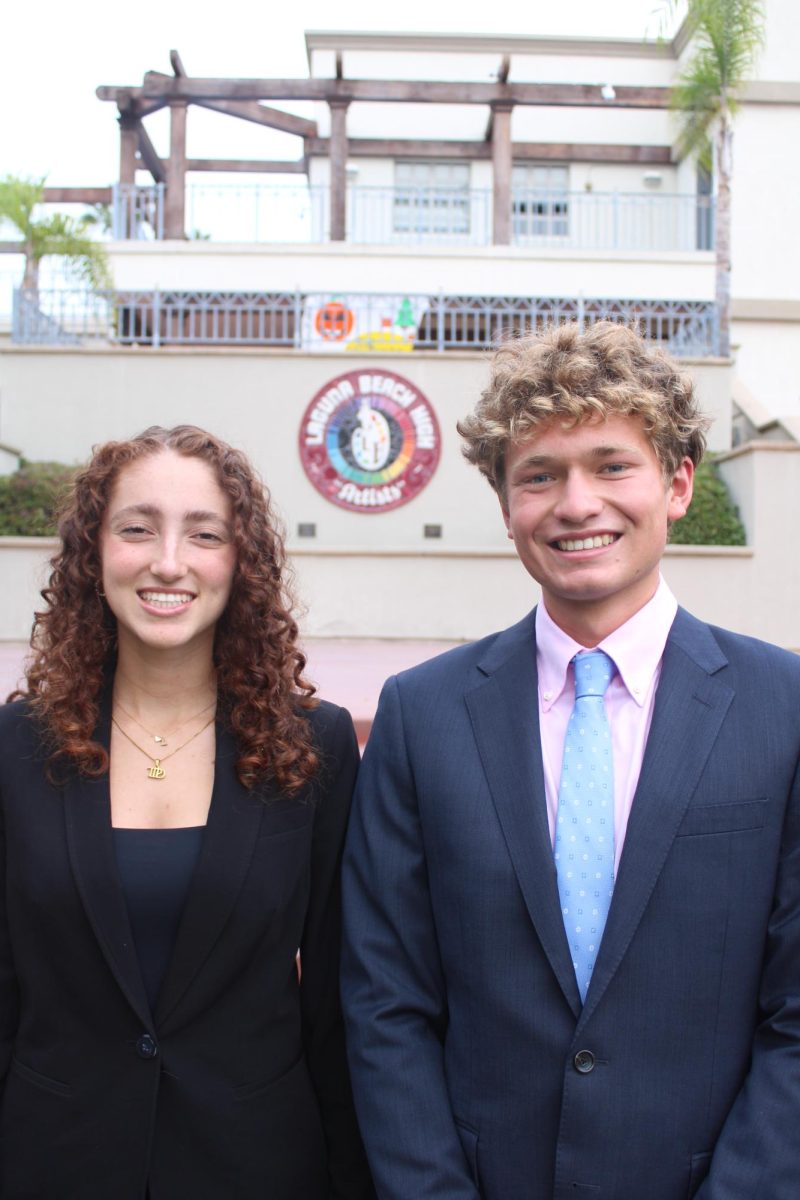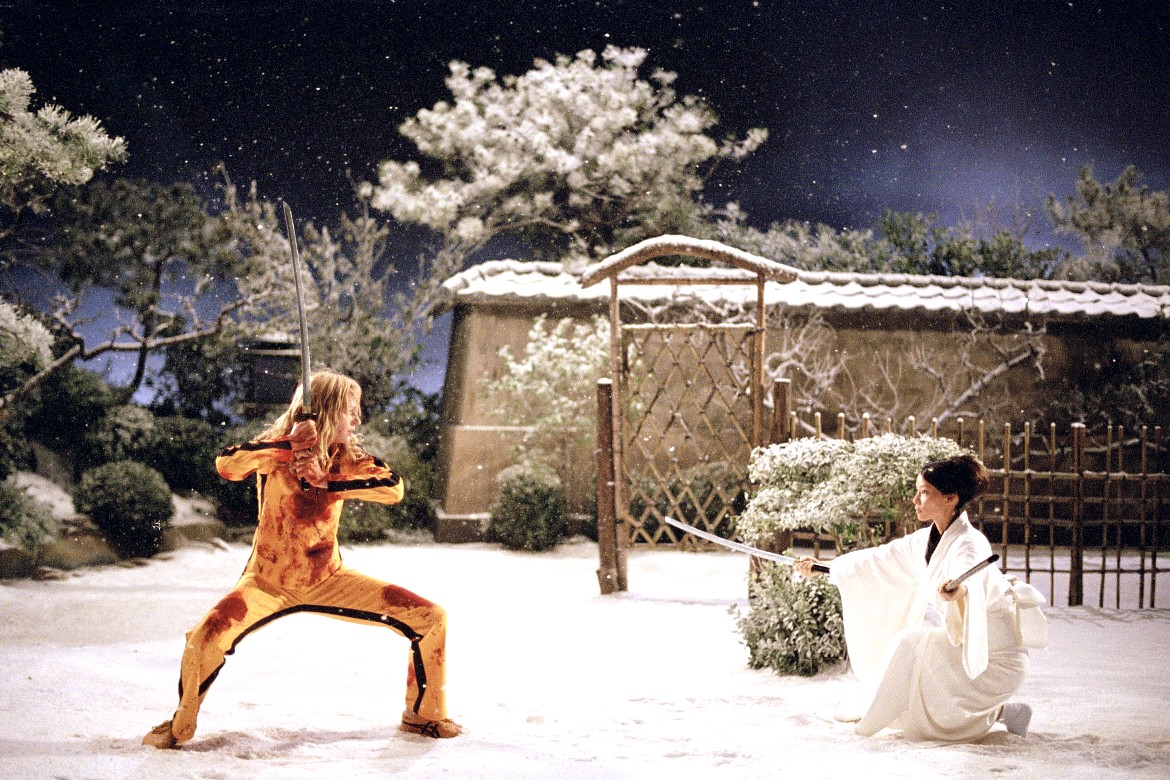We all use secondhand clothes, from older siblings’ hand-me-downs to raiding our parents’ closets. But buying them in mass only became popular in the 19th century when thrift stores were first created, giving the world access to various clothes in one shop. Today, thrifting is a trend that most people adore, but if you look beyond the racks of pre-loved clothing and gorgeous finds, you’ll see a world of creativity, sustainability, and community. You step into the glamour and fashion of a bygone era. It is like entering a time machine when you slip into a vintage-designer Halston or Channel and spin around in the mirror. The pieces you discover can be near one-of-a-kind these days.
Thrifting can benefit you, your closet, and your wallet all at the same time. The stores receive a variety of clothes from all different kinds of people, either because their previous owners donated them or passed away. Either way, styles from all sorts of people, from a 70s diva to a 90s punk, all end up filtering their way down into stores, giving shoppers a chance to get their hands on authentic vintage clothing. Some of those items could have cost a pretty penny back in the day, but you can buy them for next to nothing while thrifting, meaning you can go on a shopping spree without breaking the bank. The pricing depends on the item and the store, but it’s 50% or more off its original price for most places. It is a great way to expand your style affordably.
As we navigate through a world of mass production and fast fashion, thrift stores remain a reminder of the beauty of fashion history and the power of conscious consumption. Embracing fast fashion causes all sorts of dilemmas in our environment. Fast fashion and the creation of new clothes cause 10% of the world’s carbon fuel emissions and produce 300 million tons of plastic pollution yearly, all of which end up in the atmosphere or the ocean. According to Retail Drive, if everyone bought one piece of secondhand clothing instead of a new one this year, it would decrease CO2 emissions by another two billion pounds, equal to taking 76 million cars off the road for a day. By thrifting, you save the world one item at a time instead of buying new clothes. Not to mention that most thrift stores have causes they support, such as homelessness, churches, shelter building, and more, as well as giving the less fortunate a way to get nice, affordable clothes. By thrifting, you reduce your environmental footprint while going on an adventure and uncovering hidden treasure-like pieces.
Thrifting offers an affordable, sustainable shopping alternative and a unique and rewarding experience. So, next time you want to spice up your wardrobe, walk over to Treasures of Laguna, Cherry Moon Shoppe, Assistance League Thrift Shop, or Laguna Exchange, our local secondhand stores. You’ll never know what you could unearth for an affordable price while saving the environment.


